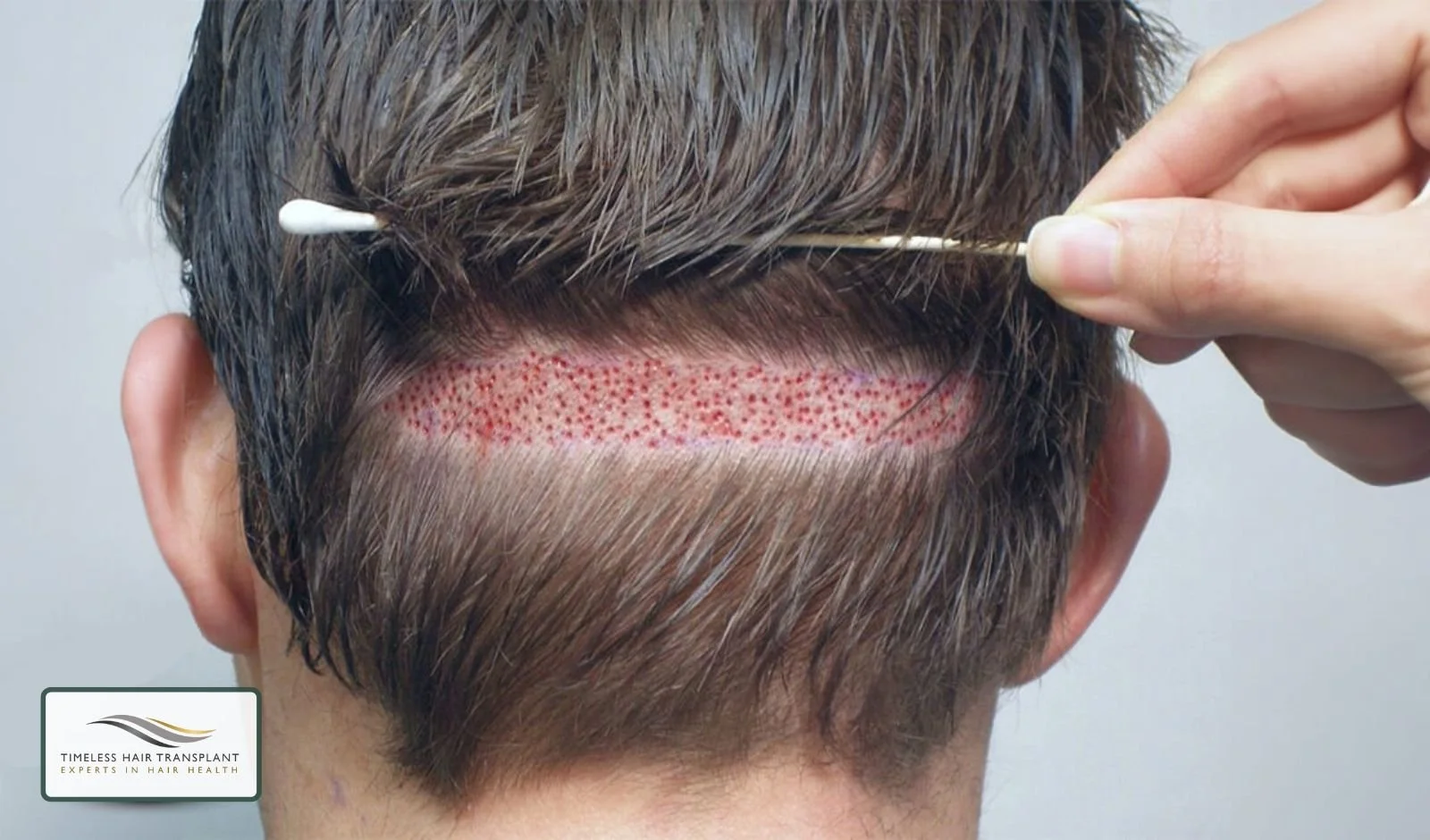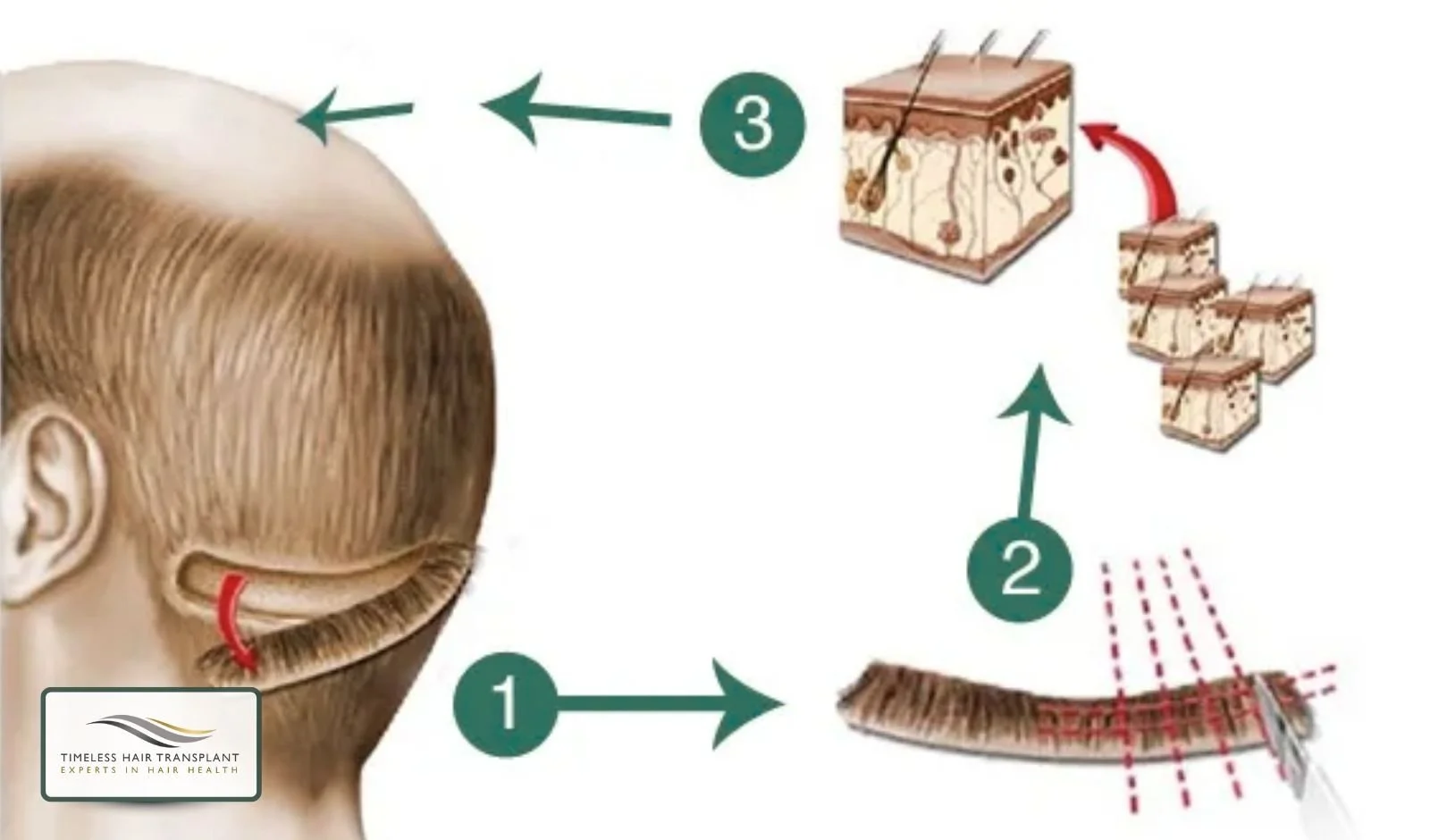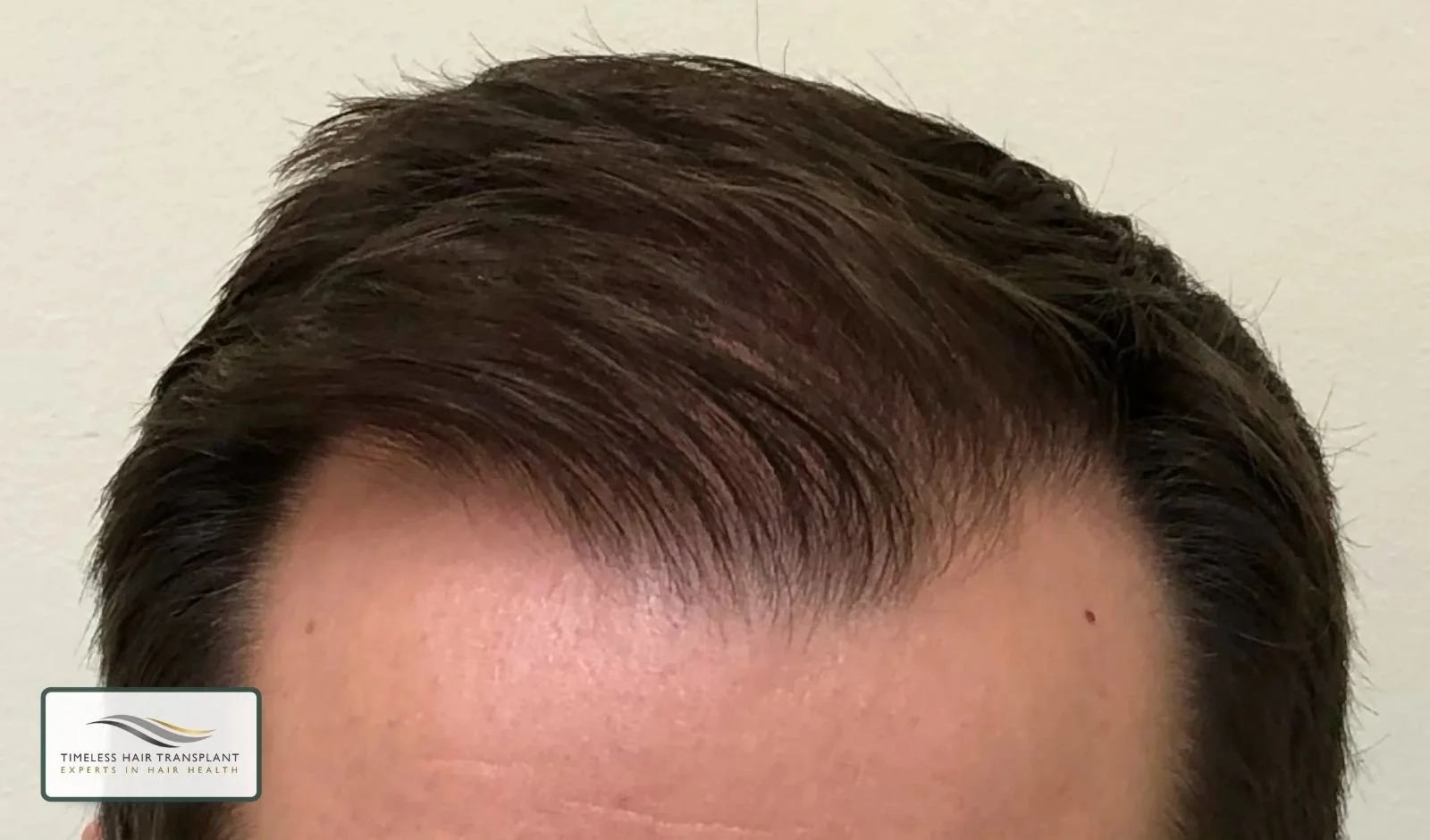What Is a FUT Hair Transplant?
Hair loss is a common concern that affects both men and women, often impacting self-confidence and how we feel about our appearance. For many, modern hair restoration techniques offer a permanent solution. One of the most established and effective hair transplant methods is the FUT hair transplant.
If you’ve been searching for ways to restore your hair, you may have come across the term FUT, or Follicular Unit Transplantation. But what exactly is it, how does it work, and how does it compare to other options like FUE hair transplant procedures?
This guide will explain the process, benefits, and considerations of FUT procedures so you can make an informed decision about your hair restoration surgery.
Understanding Follicular Unit Transplantation (FUT)
Follicular Unit Transplantation FUT, also known as the strip method, is a type of hair transplant technique where a thin strip of hair-bearing skin is surgically removed from the donor area (usually the back or sides of the scalp). These areas are chosen because the donor hair here is genetically resistant to the hormones that cause male pattern baldness and other types of hair loss.
From this strip, the surgeon and their team separate individual follicular units under a microscope. Each unit contains 1-4 individual hair follicles. These transplanted hairs are then placed into thinning or balding areas of the scalp to restore density and create a natural hairline.
How FUT Differs From FUE Hair Transplant
The main difference between FUT and Follicular Unit Extraction FUE lies in how the follicles are collected from the donor area:
FUT (Follicular Unit Transplantation) - A strip of scalp is removed, and individual follicular units are dissected for transplantation. This method leaves a linear scar, which is typically hidden by surrounding hair.
FUE (Follicular Unit Extraction) - Individual hair follicles are extracted directly from the scalp one by one, leaving small dot scars that are usually less noticeable.
While FUE hair transplant procedures are popular for their minimal scarring, FUT procedures remain an excellent choice for patients needing a large number of grafts in a single session.
The FUT Hair Transplant Procedure
A typical FUT procedure follows these steps:
Preparation - The donor area is cleaned and numbed with local anaesthesia.
Strip Removal - A narrow strip of hair-bearing skin is removed from the donor area.
Dissection - The strip is carefully divided into individual follicular units under a microscope to protect the delicate individual hair follicles.
Recipient Site Creation - Tiny incisions are made in the thinning or balding areas of the scalp where the new transplanted hairs will be placed.
Implantation - The follicular units are implanted at the right angle, depth, and direction to mimic natural hair growth.
Closure - The donor area is stitched or stapled closed, and the hair around it helps conceal the incision.
Advantages of FUT Hair Transplant
More grafts in one session - FUT allows for the harvesting of thousands of individual follicular units in a single session, which is ideal for extensive hair loss.
Cost-effective - FUT often provides a lower overall hair transplant cost per graft compared to FUE.
High survival rate - Because the follicles are prepared under a microscope, transplanted hairs have a high chance of surviving and producing healthy hair growth.
Efficient for large areas - Suitable for covering significant areas of the scalp in fewer sessions.
Who Is a Good Candidate for FUT Procedures?
You may be a good candidate for FUT procedures if you:
Have extensive hair loss and need many grafts for full coverage.
Want a more budget-friendly option compared to other hair restoration techniques.
Are comfortable wearing your hair at a length that hides the linear scar.
Have healthy donor hair in the back or sides of your head.
Recovery and Results
After hair restoration surgery using the strip method, most patients return to normal activities within a week. Stitches in the donor area are usually removed after 10-14 days.
Transplanted hairs typically shed within the first few weeks, a normal part of the process, before new hair growth begins in about 3-4 months. Full results are usually visible within 12-18 months.
FUT vs. FUE: Which Is Right for You?
Choosing between Follicular Unit Transplantation FUT and Follicular Unit Extraction (FUE) depends on your goals, budget, and hair loss pattern:
FUT - Best for patients with extensive hair loss, looking for maximum graft numbers in a single session, and not concerned about keeping hair very short.
FUE - Best for patients wanting minimal scarring, shorter hairstyles, or smaller restoration areas.
During your consultation, your surgeon will recommend the most suitable method based on your donor hair availability, desired style, and the size of the areas of the scalp needing coverage.
Why Choose Timeless Hair Transplant for FUT?
At Timeless Hair Transplant in London, we specialise in both FUT and FUE methods, combining expertise with a personalised approach to deliver natural, lasting results.
Here’s why patients trust us:
Precision - Every follicular unit is carefully handled for maximum survival and natural growth.
Experience - Years of expertise in treating male pattern baldness and other types of hair loss.
Personalised planning - Custom treatment plans designed around your goals, hair type, and lifestyle.
Proven results - Consistent outcomes that restore not only hair but also confidence.
Your FUT journey begins with a free consultation, where we’ll assess your donor area, estimate graft needs, and recommend the best option, whether FUT or FUE. Call +44 (0) 7516294471 today to start your path toward fuller, natural-looking hair.




